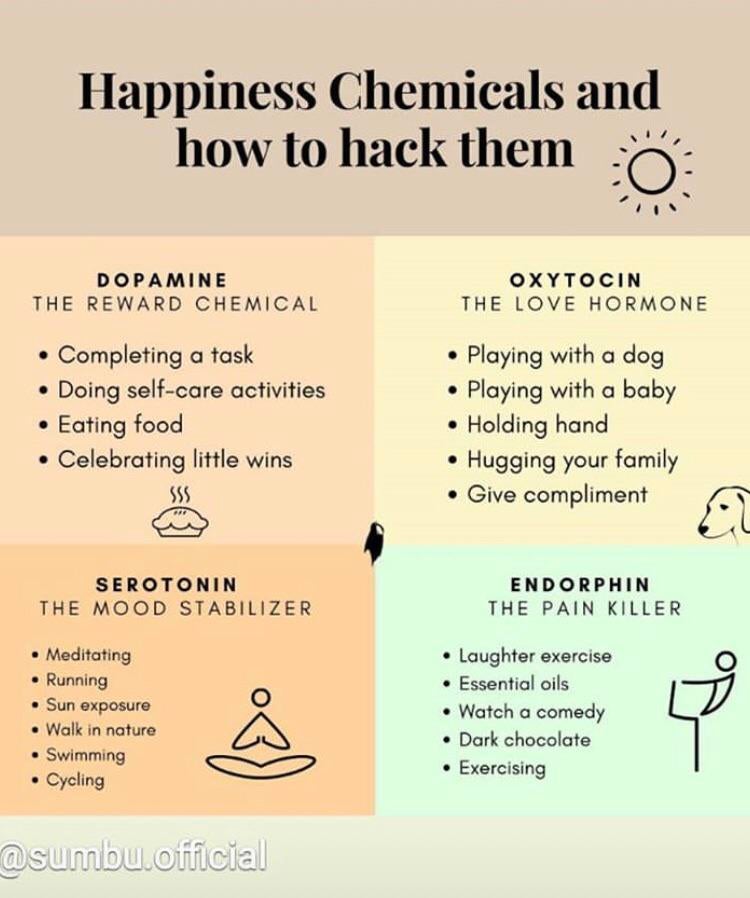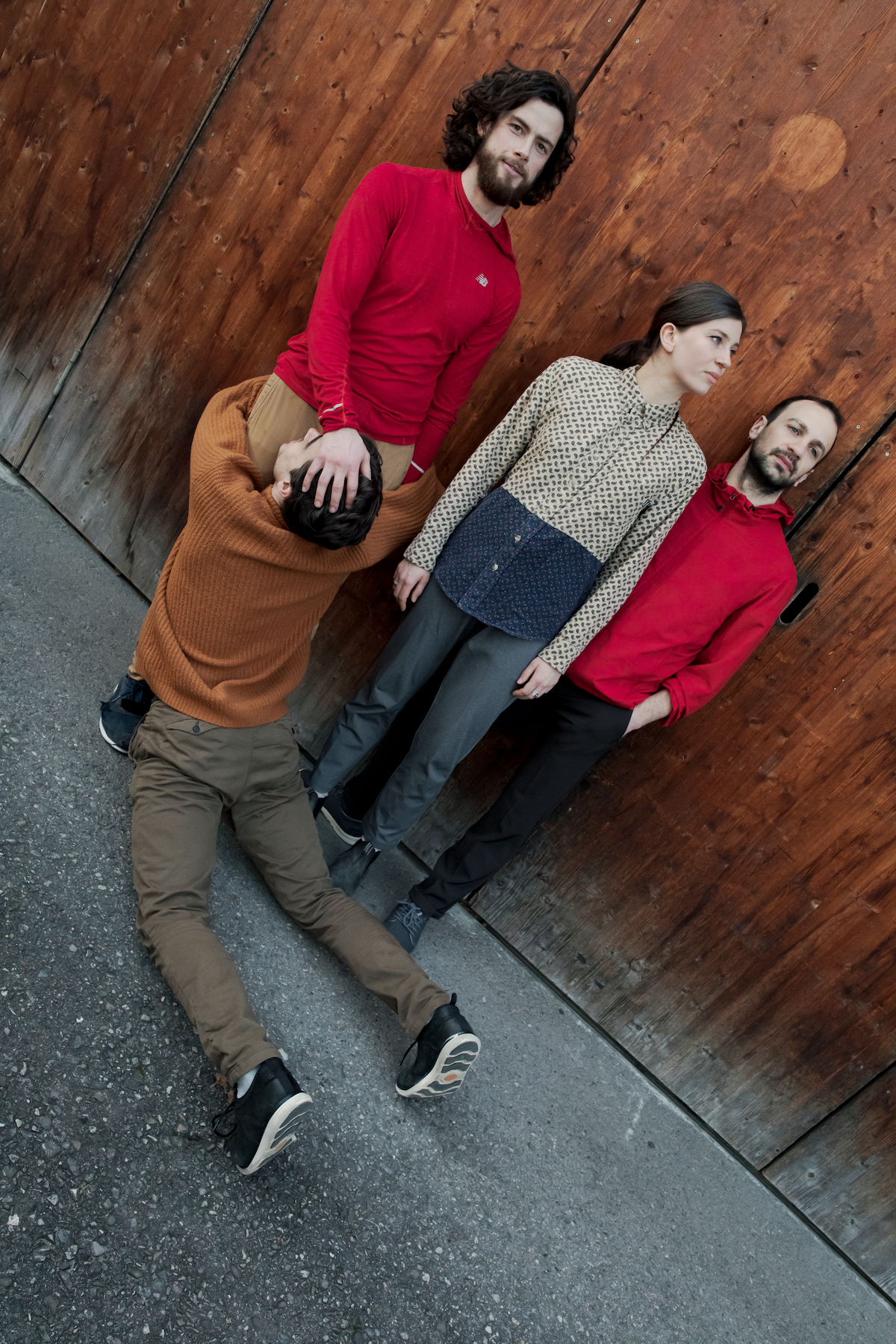The Pursuit of Happiness

From the philosophers of antiquity to present day (neuro)scientists, happiness (and its pursuit) is probably the human emotion that has been most reflected upon and researched. What do we need to feel or become happy? How do we maintain that state in various degrees from floating moments of pleasure to an eternal state of permanent bliss? Is happiness a mere chemical process – the production of endorphins and dopamine or does it have psycho-somatic origins? Are there particular techniques that makes us feel happy?

Lists of possible answers include certain foods such as for instance chocolate or moderate alcohol consumption; meditation; a walk in nature; laughing; sex and other physical practices, such as getting a massage or working out. The latter two seem to indicate two basic components of the answer to the question of what makes us happy. We need to be able ‘to move’ freely and we need the social interaction with others or our environment to be stimulated to do so. The Danish philosopher Søren Kierkegaard formulated it poetically: ‘The door to happiness opens outward.’
The German neuroscientist Stefan Kölsch published with Good Vibrations. Die Heilende Kraft der Musik (2019) an overview of the recent research of the effects of music on our mood. Kölsch distinguishes four components that contribute to how we form and experience emotions:
- An affective component where our external perception activates nerve impulses that are sent to the ‘feel cortex’ of our brain;
- A bodily-sensorial component of our internal bodily sensations such as the temperature of our skin, our hearth beat or hormonal changes. Our proprioception, which we use from a young age to distinguish the Self from others (our mother in the first place) and our environment also belongs to this component;
- A motoric component when the emotion is triggered by specific actions or movements;
- And a cognitive component where we make estimations of a situation (for instance if something is dangerous) based on previous experiences.
In Kölsch’s model the brain brings these four components together and distillates from them an ‘emotional precept’. Kölsch also discusses how these ‘precepts’ are often ambivalent in the way they mix different emotions. ‘Especially in the arts are such mixed emotions very present.’ (Kölsch, p. 226)
Music and movement are two extraordinary ‘technologies of mood’ that can stimulate those ‘emotional precepts’. We all use music as a way to influence our mood, but our tastes and preferences are both culturally specific and personal. While I get happy listening to Leonard Cohen’s melancholic lyrics, my son likes to work out to heavy metal music. It is one of the reasons why the music score of The Pursuit of Happiness is eclectic: from Björk to flamenco and Hawaiian slide guitar to Sibelius.

Joshua Monten and his performers want to make us happy. But as usual there is a flipside to this attempt. In offering us tools and technologies to improve our mood, they might also take away our agency or project their own emotions on us, like bad therapists. The performers constantly interact with the audience and check in on them: ‘How are you today?’ ‘Are you feeling better?’ But since in these COVID-times they cannot get too close, transparent screens compartmentalize the space and keep the dancers at a safe distance. The audience is also obliged to wear masks, so it is harder to read their reactions and therefore these can easily be misinterpreted. Luckily our hands can express as much as our facial expressions. Early on in the performance, the audience is taught a series of ‘physicalized emojis’ in order to help the performers read their moods.
Dirk De Wachter: «We need creativity for a good life, for our well-being.»
Credits
- Bilder und Videos: Nicole Pfister
